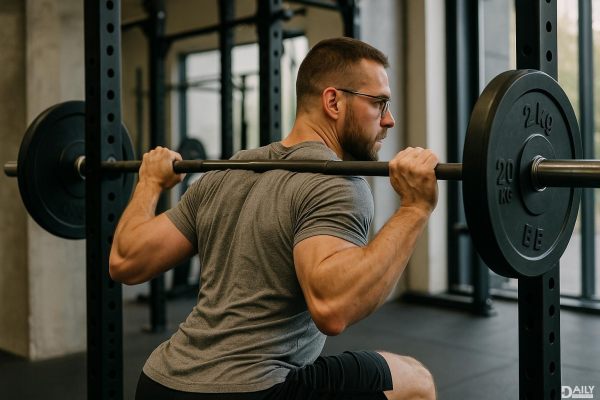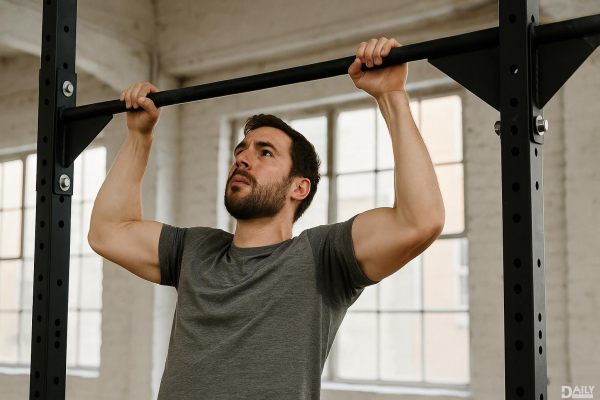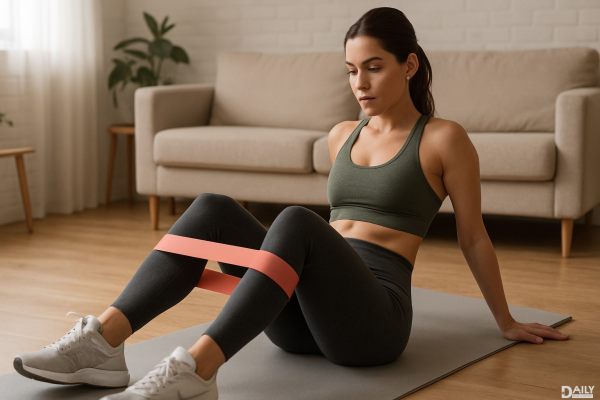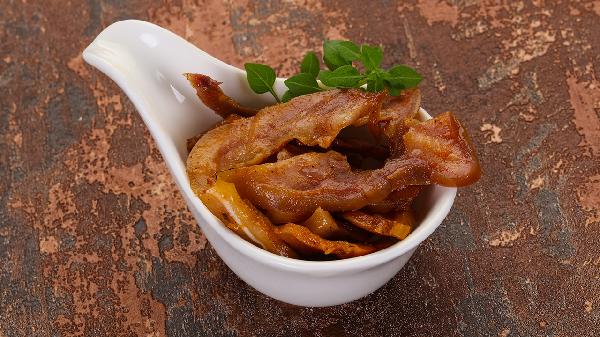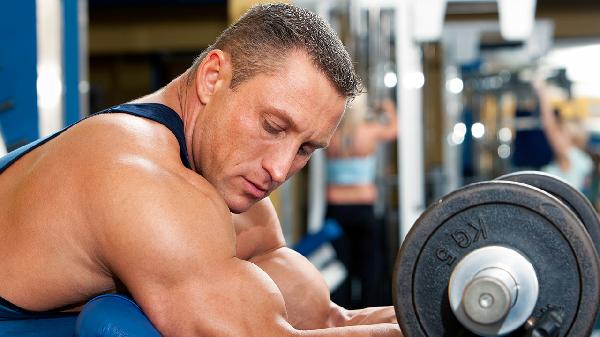If you're looking to build stronger glutes fast, the sumo deadlift is your secret weapon. This powerhouse move targets your posterior chain like nothing else, packing serious muscle-building potential into every rep. Unlike traditional deadlifts, the sumo stance shifts more emphasis onto your glutes and inner thighs, making it a go-to for anyone chasing that sculpted backside. And the best part? You don’t need to be a powerlifter to reap the benefits—just grab a barbell, widen your stance, and get ready to feel the burn.
Why the Sumo Deadlift Works Magic on Your Glutes
The sumo deadlift’s wide stance forces your hips into a deeper range of motion, putting your glutes under maximum tension from the very first pull. Because your torso stays more upright compared to a conventional deadlift, your hamstrings take a slight backseat while your glutes and quads do the heavy lifting—literally. This positioning also reduces shear force on your lower back, making it a safer option for lifters with spinal sensitivity. Plus, the sumo variation recruits your adductors (inner thighs) like crazy, giving you a more balanced lower-body development than traditional pulls.
Form Breakdown: Nail the Stance or Waste Your Time
Most people butcher the sumo deadlift by standing too narrow or letting their knees cave—two quick ways to turn this glute-builder into a back-wrecker. Here’s how to dial it in: Start with your feet about 1.5x shoulder-width apart, toes pointed outward at 30-45 degrees. Grip the bar inside your legs, hands just wide enough to avoid thigh interference. Before lifting, screw your feet into the floor (imagine tearing the ground apart) to activate your glutes. Keep your chest up and drag the bar up your legs, driving through your heels. Lockout should feel like you’re squeezing a penny between your cheeks—that’s how you know your glutes are firing.
Programming Tips for Faster Gains
Since sumo deadlifts are brutally effective but also taxing, smart programming is key. Beginners should start with 3-4 sets of 6-8 reps twice weekly, using 60-70% of their max. More advanced lifters can push heavier loads (80-85% of 1RM) for 3-5 reps, but keep volume moderate to avoid frying your CNS. Pair them with hip thrusts or Bulgarian split squats for a glute annihilation session, or use them as your primary pull on lower-body days. Pro tip: Tempo variations (like 3-second eccentrics) amplify muscle time under tension, accelerating growth without adding weight.
Common Mistakes That Steal Your Gains
Even seasoned lifters sabotage their sumo deadlifts with these errors: Rounding the upper back turns the lift into a risky row—keep your lats engaged. Starting with the hips too high turns it into a stiff-legged deadlift, shifting emphasis away from glutes. And bouncing the bar off the floor? That’s just cheating your muscles out of tension. Another sneaky fault: overextending at lockout. Hyperextending your low back doesn’t work your glutes harder; it just invites injury. Focus on squeezing your glutes to stand tall, not leaning backward.
Accessory Moves to Supercharge Your Sumo
To dominate sumo deadlifts, strengthen the supporting cast. Banded lateral walks fire up your glute medius, preventing knee valgus during pulls. Paused reps (holding just above the floor) eliminate momentum, forcing your glutes to work harder. For grip endurance (a common limiter), toss in towel hangs or farmer’s carries. And don’t neglect mobility—couch stretches and 90/90 hip switches ensure your hips can handle the sumo stance’s demands. Pair these with your deadlifts, and you’ll be pulling bigger numbers while building a shelf-like backside.
Whether you’re chasing strength, aesthetics, or both, the sumo deadlift delivers. It’s not just a powerlifting staple—it’s a glute-building cheat code when executed with precision. Stick with it for 8-12 weeks, and you’ll notice your jeans fitting differently (in the best way possible). Just remember: Wider stance, upright torso, and glutes on fire. That’s the recipe for turning your backside into a masterpiece.
